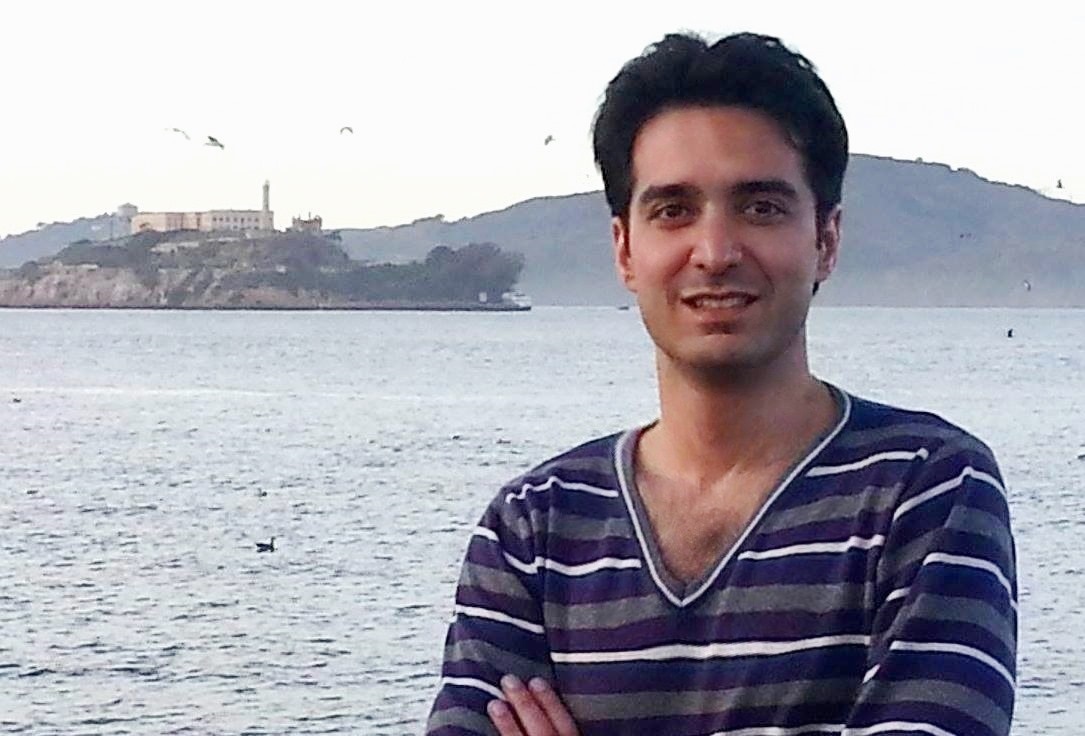Like Quit Genius founders Dr. Yusuf Sherwani, Dr. Sarim Siddiqui, and Dr. Maroof Ahmed, Dr. Mehdi is an MD-turned-entrepreneur. Peikar is a dentist, orthodontist, and physicist. He is founder, CTO, and CMO of BRIUS, an orthodontic company and new device of his invention.
BRIUS is a faster and less painful alternative to braces. Peikar drew on his physics background to craft the technology.
In 2017, Peikar won the UCLA School of Law’s Lowell Milken Institute-Sandler Prize for New Entrepreneurs for BRIUS.
Dr. Mehdi Peikar: Orthodontist and Physicist
Peikar originally hails from Iran. He graduated from the Shahid Beheshti University of Medical Sciences and Health Services. He also completed schooling at the Shiraz University of Medical Sciences.
“I studied dentistry and I did a residency in orthodontics in Iran.” he told DocTalk Dental. “I was faculty there for one year and then I moved to the U.S.”
Peikar was an assistant professor of orthodontics at Shiraz Dental School before attending the University of Illinois in 2012. In 2015, he earned his M.Sc. in condensed matter and quantum mechanics. Soon, he also earned his PhD in Biomechanics and Biophysics from the John Hopkins School of Medicine in 2016.
Dr. Mehdi Peikar invents BRIUS
In 2019 Peikar completed a three-year residency program in orthodontics at UCLA. At that point, Peikar was “working on BRIUS very seriously,” he said.
“During my residency…I had a patient who was 45 years old. He was a teacher,” Peikar recalled. “He came to the clinic every month…saying, ‘My students…are laughing at me because I have braces, and before having braces they were also laughing at me because my teeth are very crooked.’”
“I thought there should be a way that we treat crowded teeth and it’s not visible,” Peikar explained, “and we don’t have to do any adjustments as orthodontists. And the patient doesn’t need to come and see us so frequently.”
BRIUS: a better alternative to braces
BRIUS is customized to each individual patient. A rigid bar holds the device in place against the hard palette. NiTi orthodontic wires connect to the bar and to each tooth. The wires move each tooth independently. The design and thickness of each wire specifically fit each patient and each tooth.
“It’s pretty comfortable if you compare it with traditional braces,” he said. “It’s definitely less painful [for the teeth.]”
Unlike traditional braces, BRIUS does not need periodic tightening or adjusting. The technology also sits behind the teeth.
“All the patients want a solution that is aesthetic,” Peikar said. “BRIUS is truly invisible. It’s behind the teeth. Nobody sees them.”



